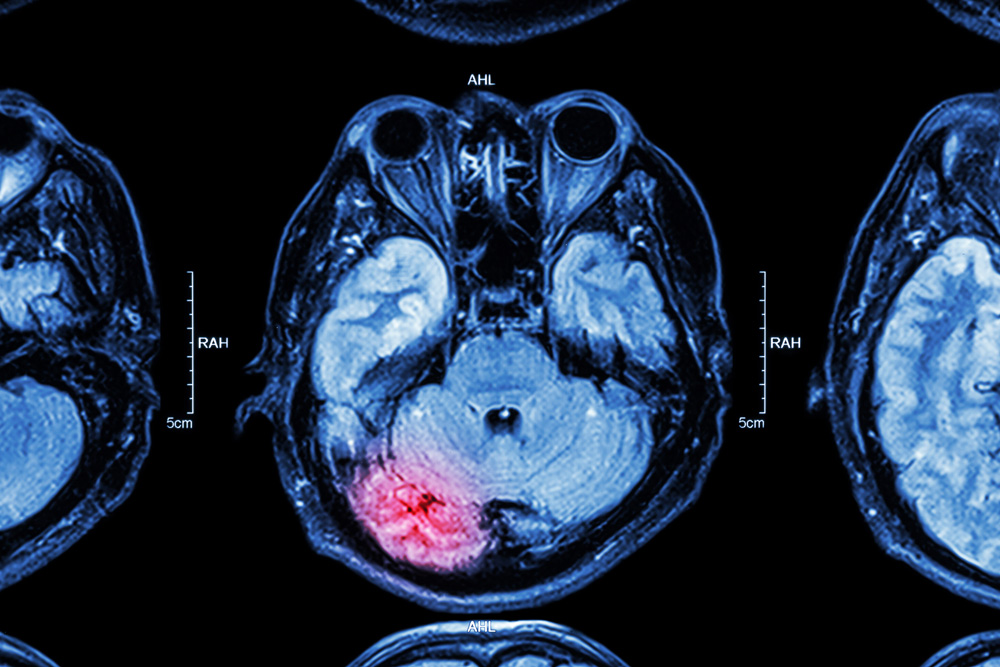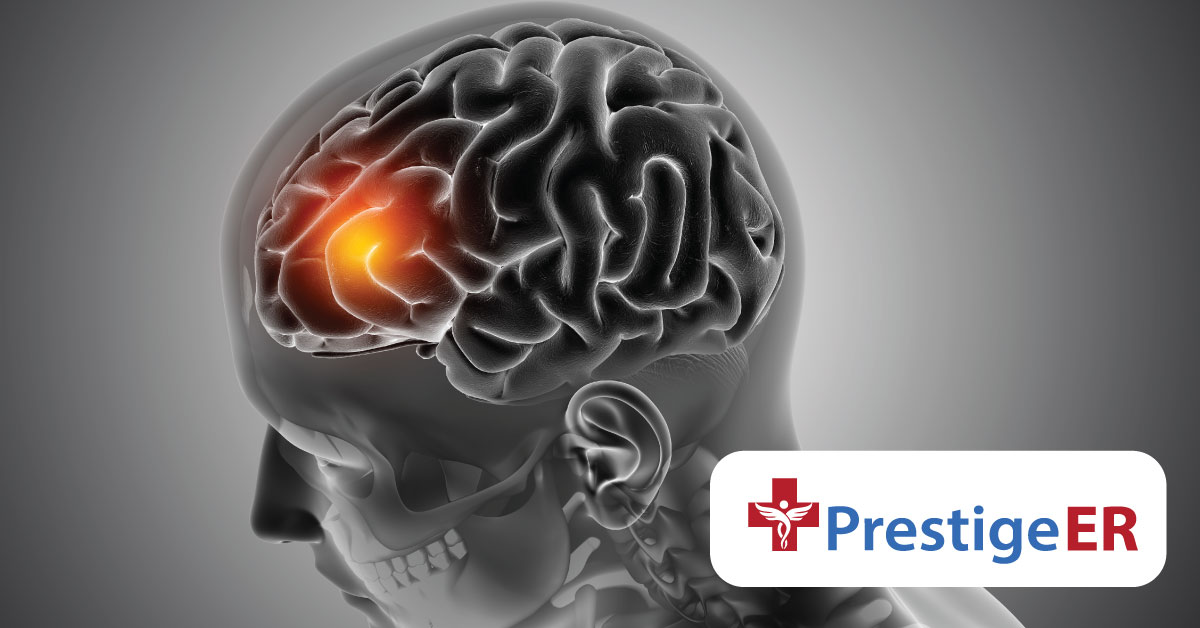Brain Injury Awareness Month
March is Brain Injury Awareness Month. This year’s theme is “More Than My Brain Injury.”
The purpose of this annual observance is to raise awareness, promote research, education, and treatments for brain injuries, to help improve the quality of life of those affected by this condition.
According to the Brain Injury Association of America, more than 5.3 million children and adults in the USA live with a permanent brain-related disability, and 2.8 million Americans sustain a traumatic brain injury each year.
What is a Brain Injury?
An Acquired Brain Injury is any injury that occurs after birth, resulting in changes in the brain’s neurological activity, which affects the metabolic activity, physical integrity, or function of nerve cells in the brain.
There are two types of acquired brain injury:
Traumatic Brain Injuries (TBI): These come from external forces such as falls, car accidents, or sports injuries. TBI’s cause an alteration of the brain function that can be temporary or permanent. More serious injuries can result in long-term complications and even death.
Non-Traumatic Brain Injuries: These result from internal factors such as lack of oxygen, pressure from a tumor, and exposure to toxins, among others. Examples of non-traumatic brain injuries include stroke, tumors, infectious diseases, drug overdose, and lack of oxygen supply to the brain. A non-traumatic brain injury can spread to all brain areas because it directly attacks the cellular structure.

Symptoms of Brain Injury:
A wide range of symptoms is associated with traumatic brain injuries, some of which can appear immediately after the event, while others may manifest days or weeks later. The symptoms will depend on the severity of the trauma and can include:
- Headache
- Problems with speech
- Nausea, dizziness, or vomiting
- Unusual fatigue or drowsiness
- Changes in sensory perception (sensitivity to light or sound)
- Difficulty sleeping or sleeping more than usual
- State of being confused or disoriented
- Memory impairments
- Loss of consciousness
- Convulsions or seizures
- Unusual behavior
- Weakness or numbness in fingers and toes
- Loss of coordination
- Dilation of one or both pupils
Prevention of Brain Injuries
Most traumatic brain injuries are preventable by taking precautions to reduce the risk of injury.
Wearing your seat belt, for example, can reduce the risk of severe brain injury in a crash, the same goes for wearing a helmet when driving a motorcycle or bicycle or practicing sports that require the use of protective headgear. Preventing falls at home by installing handrails, using nonslip mats, removing hazards, and using safety gates at the top or bottom of stairs when needed is also vital.
When to Visit the ER
It is of utmost importance to visit the emergency room immediately after sustaining trauma to the head, a bump, blow or jolt of any kind.
Also, if you experience high fever, headaches, seizures, loss of consciousness, or any of the symptoms described previously.
In the event of an overdose or when someone has been deprived of oxygen due to choking or drowning, prompt emergency medical care is vital.
Prestige ER is the longest-standing, highest-rated 24/7 Emergency Room in Plano. Our ER provides first-class emergency medical services with personalized care and minimal wait times. We soon will have a second location in Mesquite, Texas.

